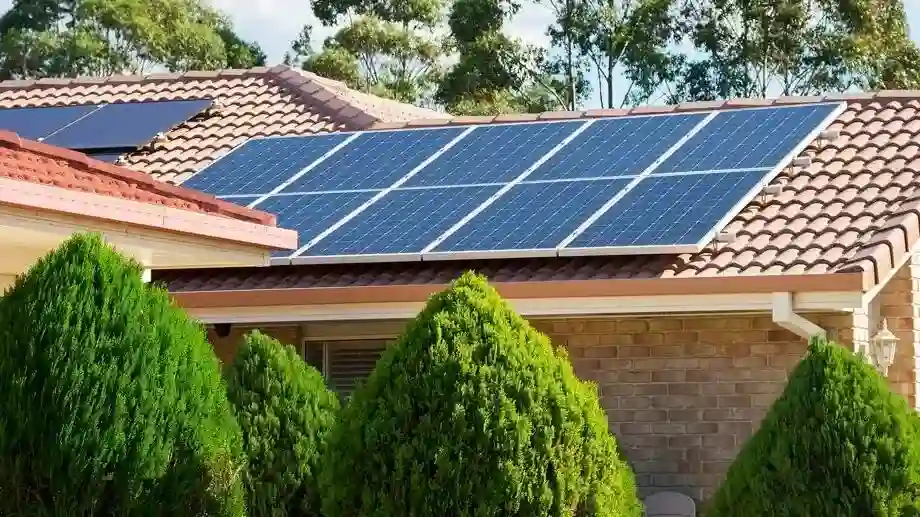Solar power has rapidly gained popularity as a clean, renewable energy source that not only reduces our carbon footprint but also offers substantial savings on electricity bills. However, the upfront cost of installing solar panels can be a significant barrier for many homeowners. Thankfully, various solar incentives and financial programs are available to help offset these costs and make the transition to solar energy more affordable. In this article, we will explore the world of solar incentives, including tax credits, rebates, and net metering, and provide you with essential tips on how to navigate and maximize your savings through these programs.
Understanding Solar Incentives
Solar incentives are financial programs, policies, or initiatives offered by governments, utilities, and organizations to encourage the adoption of solar energy. These incentives aim to make solar power more accessible and affordable for homeowners and businesses. Here are some of the key solar incentives you should be aware of:
- Federal Investment Tax Credit (ITC): The Federal ITC is one of the most significant solar incentives in the United States. It allows homeowners and businesses to deduct a percentage of the cost of their solar panel system from their federal income taxes. As of my knowledge cutoff date in 2022, the ITC offers a 26% tax credit for residential solar installations. However, it’s essential to check the current rate, as it may change in subsequent years.
- State and Local Tax Credits: Many states and local governments offer additional tax credits on top of the federal ITC. These incentives can vary widely from one location to another, so it’s crucial to research the specific programs available in your area.
- Solar Rebates: Some utility companies and state governments offer cash rebates to homeowners who install solar panels. These rebates typically provide a direct financial incentive to help offset the upfront costs of solar installation.
- Net Metering: Net metering is a billing arrangement that allows solar system owners to receive credit for any excess electricity they generate and feed back into the grid. This credit can offset future electricity bills, effectively reducing your overall energy costs.
- Solar Renewable Energy Certificates (SRECs): In some states, solar system owners can earn SRECs for the clean energy their panels produce. These certificates can be sold on the open market to utilities or companies looking to meet renewable energy requirements, providing an additional revenue stream.
- Property Assessed Clean Energy (PACE) Financing: PACE programs enable homeowners to finance their solar panel installation through property tax assessments. Repayments are made over time as part of the property tax bill.
- Grants and Incentives for Low-Income Families: Some programs are specifically designed to help low-income families access solar energy. These initiatives offer grants, subsidies, or other financial assistance to make solar installations more affordable.
Maximizing Your Solar Savings
Now that you have a better understanding of the various solar incentives available, here are some essential tips on how to maximize your savings when going solar:
- Research Local Incentives: Start by researching the solar incentives offered in your state and local area. Visit government websites, contact your utility company, and consult with local solar installers to identify all available programs and their eligibility criteria.
- Leverage the Federal ITC: The Federal Investment Tax Credit can significantly reduce the cost of your solar installation. To take full advantage of this credit, make sure you meet the eligibility requirements and consult with a tax professional to ensure you claim it correctly on your tax return.
- Explore State and Local Incentives: Beyond the federal ITC, investigate any state or local tax credits and rebates that may be applicable to your solar project. These incentives can vary widely, so it’s essential to maximize the opportunities available in your area.
- Understand Net Metering: If your utility offers net metering, ensure that you understand how it works and how it can benefit you. Excess energy generated by your solar panels can lead to credits on your electricity bill, effectively reducing your overall costs.
- Choose the Right Financing Option: Consider the financing options available for your solar installation. Whether it’s purchasing the system outright, leasing, or using a solar loan, choose the option that best suits your financial situation and goals.
- Investigate Solar Rebates: Check if your local utility or state government offers cash rebates for solar installations. These rebates can provide an immediate financial incentive to go solar.
- Explore Solar Leasing and Power Purchase Agreements (PPAs): If the upfront cost of purchasing solar panels is a concern, explore solar leasing or PPAs. These arrangements allow you to install solar panels with little or no upfront cost and typically include maintenance and monitoring.
- Keep an Eye on SRECs: If your state offers Solar Renewable Energy Certificates, consider participating in this program. It can be an additional source of income that helps offset your initial investment in solar.
- Optimize Your System: Work with a reputable solar installer to ensure your system is designed and installed for maximum efficiency. This will help you generate more electricity and, in turn, maximize your savings.
- Consult a Solar Professional: Don’t hesitate to seek guidance from a solar professional or consultant. They can help you navigate the complexities of solar incentives, select the right financing options, and optimize your solar installation for the greatest savings.
Conclusion
Solar incentives play a crucial role in making solar energy more accessible and affordable for homeowners and businesses. By understanding and leveraging these incentives, you can significantly reduce the upfront costs of solar panel installation and enjoy long-term savings on your electricity bills. Remember to research local programs, explore financing options, and consult with professionals to maximize your solar savings. With the right approach, you can harness the power of the sun and contribute to a more sustainable future while reaping the financial benefits of solar energy.


